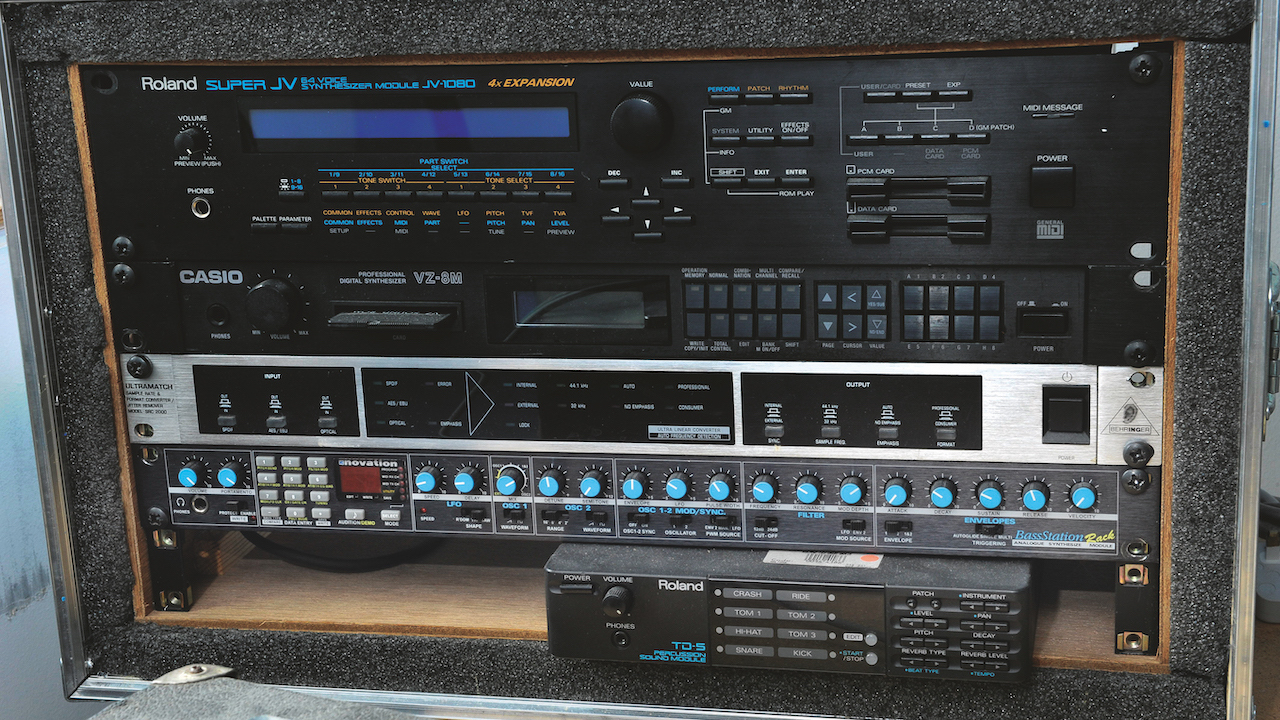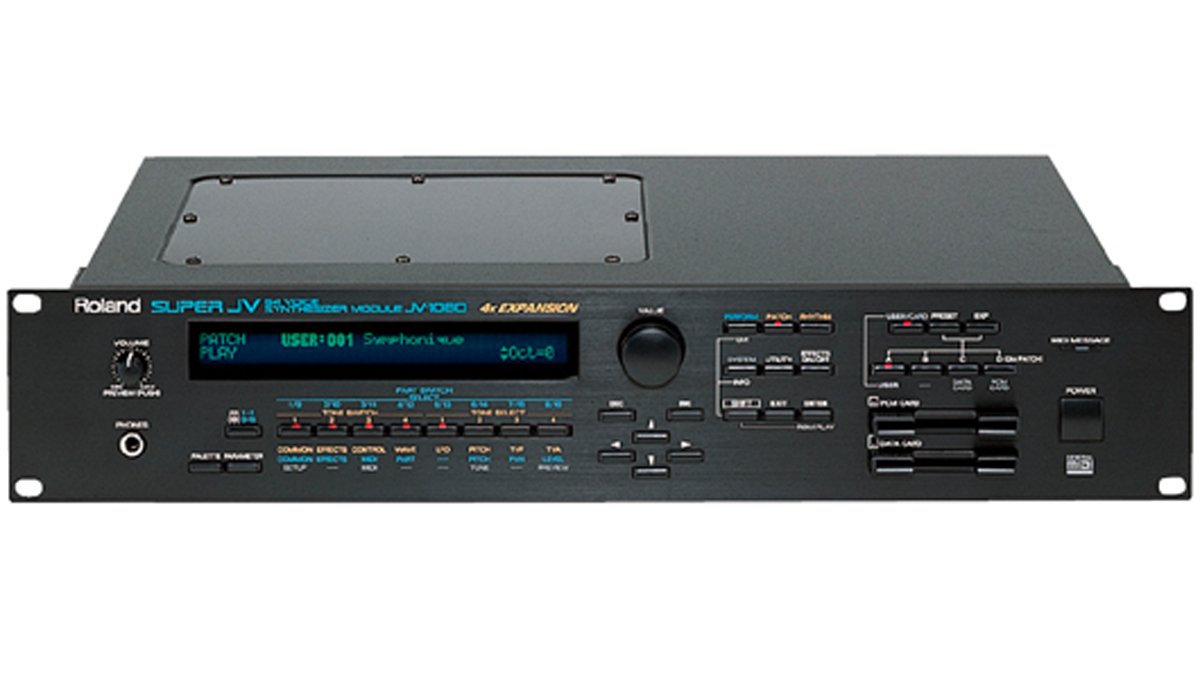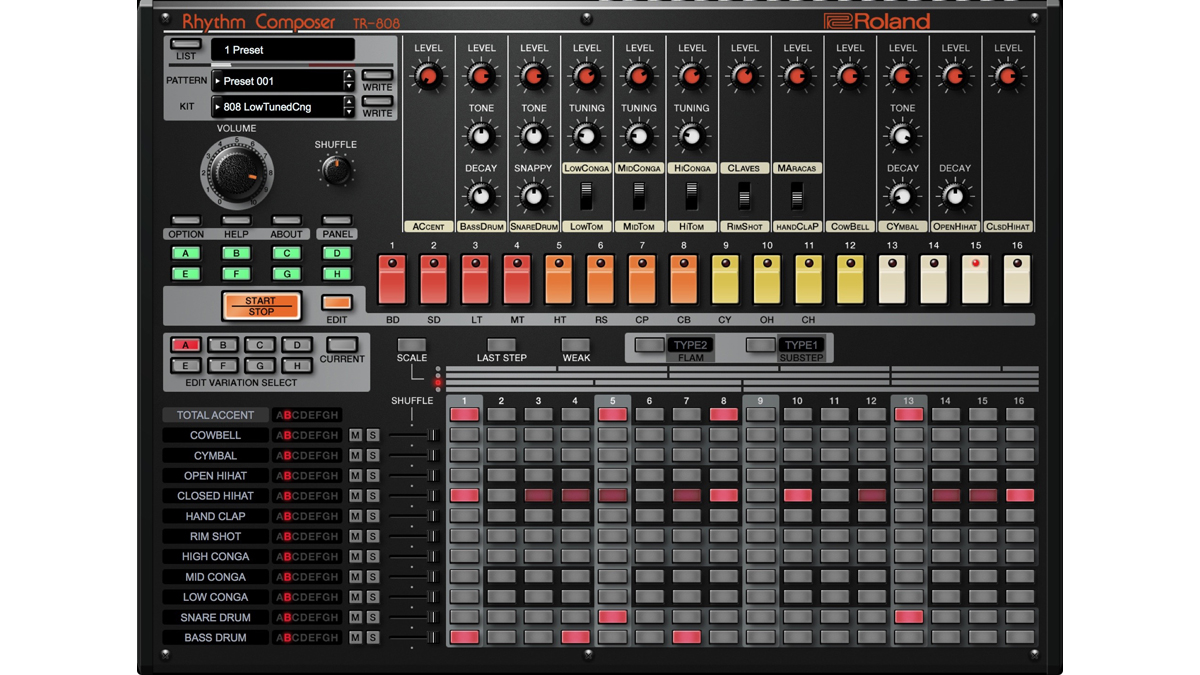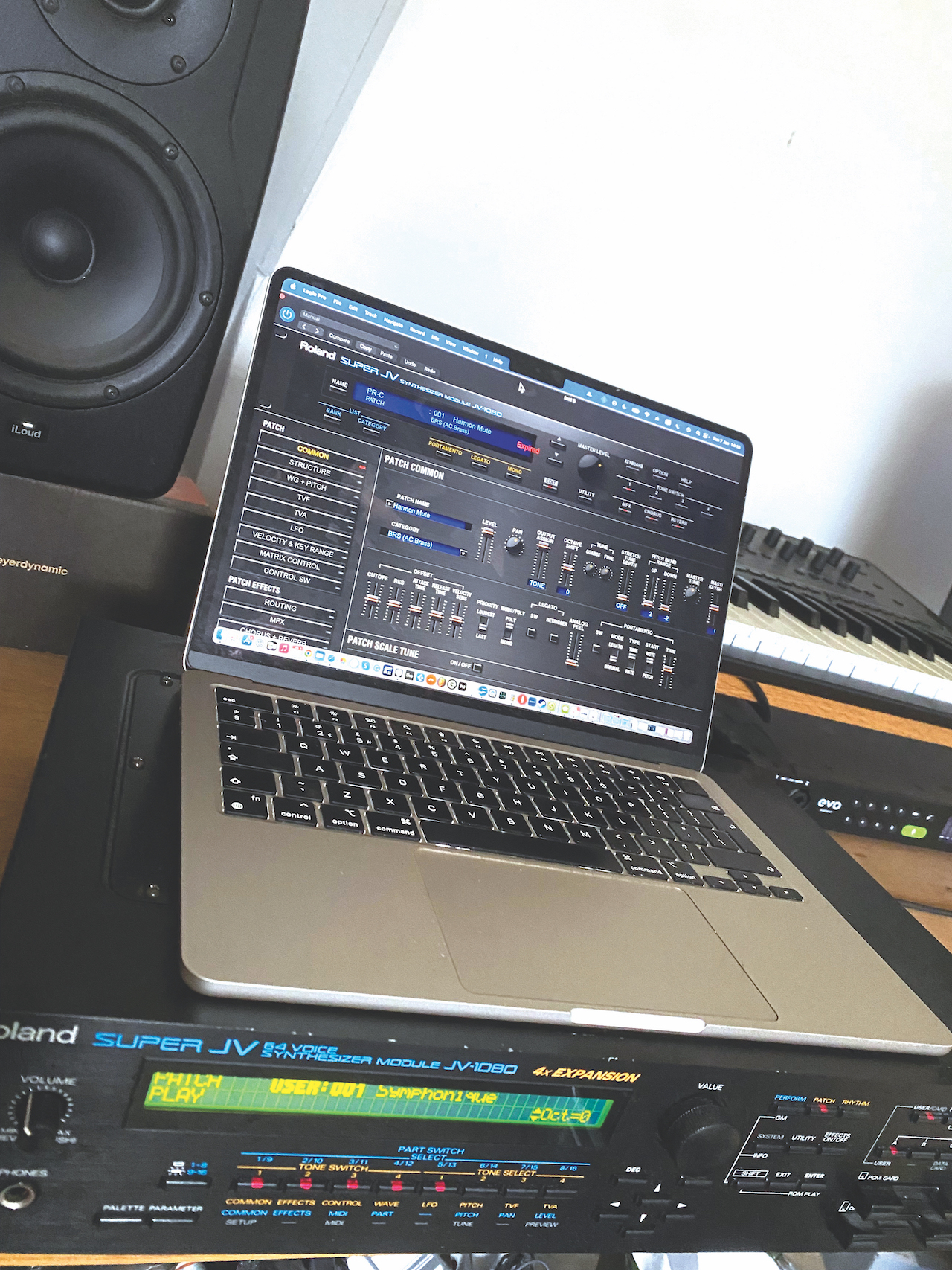
This week on MusicRadar, we're stacking up hardware synths against their software counterparts as part of the Great Synth Showdown. In our second round, we're pitting the Roland JV-1080 sound module against the manufacturer's own software emulation in Roland Cloud.
Throughout the first half of the 1980s, polyphony crept into the synth world, but it didn’t really hot up until the invention of multitimbrality. This then gave rise to the synth workstation. And as we’ll see, those early synth workstations needed a lot more polyphony, so much so that many thought the quest for more polyphony was futile.
Multitimbral synths (the first example of which seems to have been by Sequential for its Six-Trak in 1984) allow you to play different sounds at once, triggered by different MIDI channels. It’s like having multiple synths in one shell, each with different presets to choose from.
But it wasn’t just limited to a couple of channels or tracks of multitimbrality. Just like polyphony, this figure would start to rise as technology improved and processing speeds rose, but this ended up meaning more poly problems. For every extra channel of multitimbrality you got, you effectively wanted 10 more notes of polyphony to fully use them – or at least that what those demanding players of the ’80s would say.
By the end of the decade, synths like the Roland D-20 could deliver eight different sounds across eight channels of multitimbrality, so could provide every part of a song. And with a sequencer like Cubase on an Atari controlling all eight channels, it was doing just that – one channel would provide bass, the other keys and so on.

Which would have been brilliant, but the overall polyphony was limited to 32 notes. This meant you could play a maximum of four notes together on each channel, so if you wanted to play with two hands, you soon ran out. More and more polyphony was required! It did come, though, and as processing power improved, these so-called digital workstations and ROMplers arrived with then-extraordinary specs for multitimbrality and polyphony.
The 1995 Roland JV-1080 had 64 notes of polyphony and started a JV trend in Roland workstations. Later Roland, Korg and Yamaha monster workstations would increase these figures and now top-end machines like the Yamaha Genos2 boast figures of 384 for polyphony, quite enough for its 16 parts of multitimbrality. As the analogue polysynths of the ’70s and ’80s developed into the polysynths that we use today, so monster workstations have developed their own strand of poly softsynth or ROMpler.
So where are we now?
And that really brings us to today because softsynths and ROMplers still boast polyphony – and multitimbrality, but of course using them across multiple tracks means both figures can be maxed out (although many can be used as multitimbral modules on a single track).
Polyphony and multitimbral specs are therefore now quoted almost as a guide to show you how many instances of a softsynth you can load on different channels, and how many notes you can play before your computer falls over.
Really, if you’re maxing out today’s computers regularly by loading too many instances and playing too many notes, you might want to think about the density of your mixes. Often incorporating sampling alongside many synthesis types, ROMplers literally do everything.
Roland JV-1080 hardware sound module vs Roland Cloud JV-1080 software
One of the most famous – and successful – hardware ROMpler/sound modules ever released, the Roland JV-1080 was released in 1994. This not only opened the door for a string of successors from Roland, notably the 2080 and 3080, but also from competing companies, so much so that the rest of the decade became an exercise in who could up the polyphony and multi-timbrality stakes the most.
It was mostly Korg and Yamaha that were in competition with Roland with these kinds of sound modules back then, but the 1080 boasted some pretty good specs to start with, including 64-note polyphony and a full 16 parts of multitimbrality. You could basically produce complete songs with it, and it was packed to the brim with sounds to do just that, featuring three banks of 128 presets, 128 user locations and performances, where parts could be layered or played as multitimbral setups.
The ace up its sleeve, though, was its ability to expand via four JV slots so you could add cards with themed collections of extra sounds: World, Techno, Vintage Synth and more.

We’re putting the original hardware JV-1080 up against its direct software counterpart, the Roland Cloud JV-1080. This is one of many Roland synths available in the Roland Cloud (including all of the analogue classics, many digital ones and loads of other sound content for between $2.99 and $19.99/month).
It’s probably the most direct comparison of hardware and software that we could make for this feature as both hardware and software feature the same preset names. You would think, then, that, especially with both hardware and software being digital, there would be little to choose between the two.
Well, we’ll let you decide, as we think there might well be. The JV-1080 is seen as one of the better choiced JVs because its output converters are said to sound better. Whether you can hear that, of course, is where our listening tests come in – see below. We think you might be quite surprised at the differences you’ll hear but don’t let us sway you!
Roland ROMplers: listen for yourself

We have several audio examples from both of our JVs to listen to above. Our software audio was obviously generated from within the DAW, with the hardware JV-1080 being played directly into a high-quality audio interface, an Audient EVO 16 since you ask.
In the audio example, these presets play one after the other. The audio playing first each time is the hardware JV and the second audio example is the Roland Cloud JV.
See if you can hear the difference and remember, this isn’t a definitive scientific test – just a bit of fun! But let us know what you think by emailing us at computermusic@futurenet.com.
There’s no additional hardware or software effects on either, just the clean unadulterated audio. We’ve attempted to play the same presets so comparisons will be as close to ‘like with like’ as possible, although there is some variation which you will hear. The presets we played are…
1. 02 Alternative
A rock/techno guitar sound.
2. 08 101 bass
An analogue bass sound.
3. 04 West Coast
One of the famous JV piano sounds.
4. S&H Pad
Another famous layered JV pad sound.







